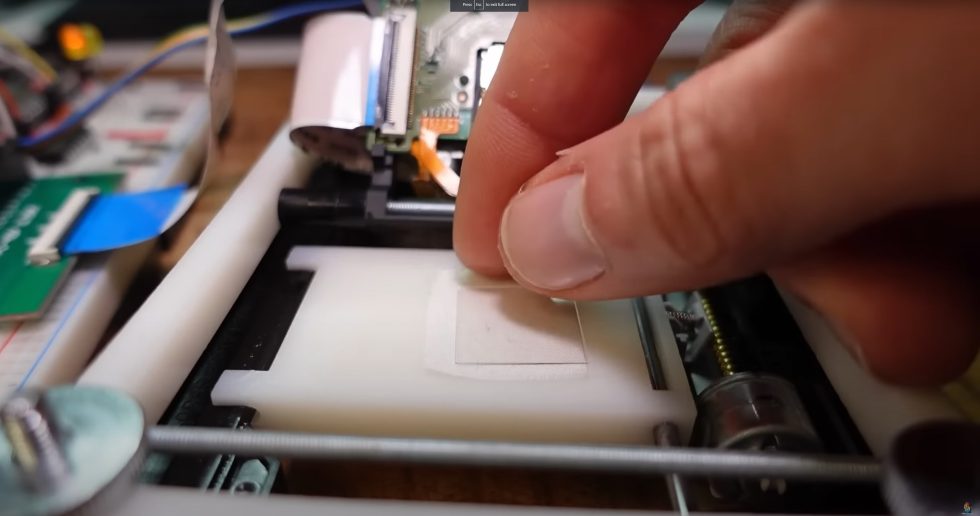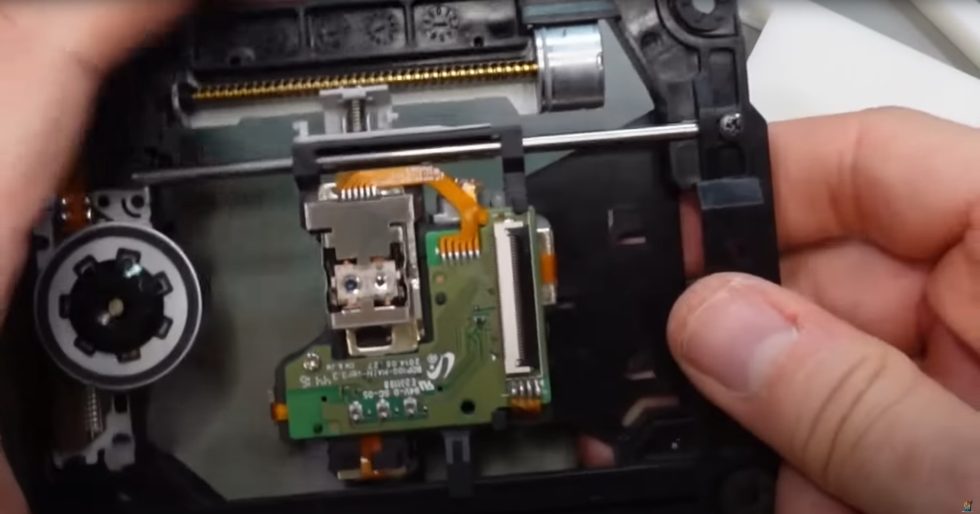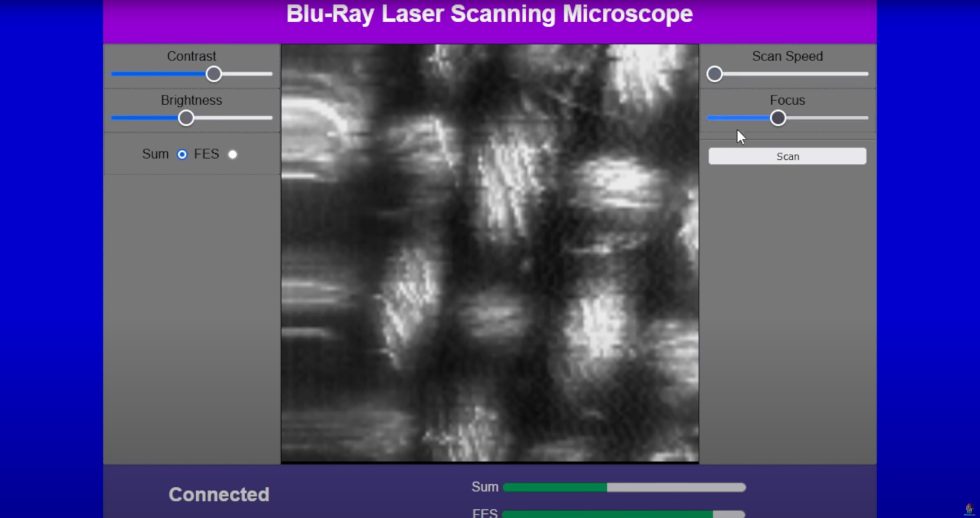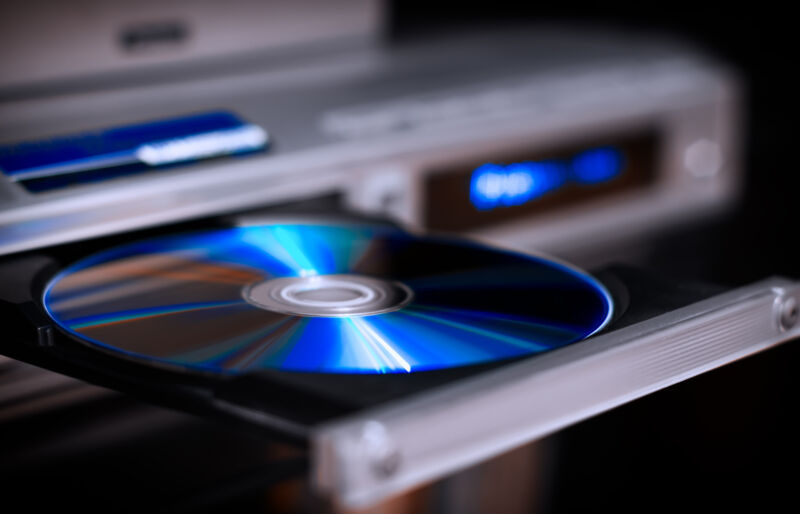Blu-rays never quite managed to usurp DVDs entirely. Recent estimates, based on data gathered by Nielsen VideoScan and MediaPlayNews, suggest that as of Q2 2022, DVDs still controlled 51.4 percent of market share compared to 48.6 percent for Blu-rays. And no matter which format has the biggest slice, the physical media pie is shrinking. So, if your Blu-ray player has gone from your home theater centerpiece to a dust-gathering ornament, one clever hacker knows just what to do with it.
As spotted by Hackster.io this week, a YouTuber named Doctor Volt recently detailed their two-part journey of turning a Samsung BD-J5900 Blu-ray player into a laser-scanning microscope.

One of the laser-scanning microscope's primary advantages over optical ones is that the latter maxes out at 1,500 times magnification, as noted by Gizmodo. Doctor Volt says they aren't sure of the magnification of their DY microscope but told a commenter that "it can resolve structures of roundabout 5 micrometers."
Doctor Volt's hack was doable because Blu-ray players and laser-scanning microscopes work in similar fashions. As a quick simplification, Blu-ray players beam lasers onto Blu-ray discs, and depending on how strongly the light is reflected back onto the player's optical pickup unit, its sensors can read either a 1 or 0.

But because the sensors in the optical pickup unit are actually not binary and can measure varied amounts of reflected light, Blu-ray players are inauspicious candidates for makeshift laser-scanning microscopes.
As explained by Hackster.io, "By running that same process and recording each intensity measurement, one can create an image of the surface of whatever the laser scans. The resolution is a function of the physical movement of the laser as it scans."
Doctor Volt used various parts from the Samsung Blu-ray player, including a laser diode, stepper motor to move the laser, its optical pickup unit, and focus coil, for their project. They also had to create additional plastic parts for a scanning bed.
According to Doctor Volt, the microscope creates images using 16,129 measurements, creating a 127×127-pixel image, which the hacker scaled to 512×512 in the image below.

Of course, Doctor Volt's microscope isn't nearly as powerful as commercial offerings in a lab. But considering those can cost tens of thousands of dollars, while Doctor Volt's required an aging gadget you may have in your home or can find used for cheap, we'd say Doctor Volt did alright.
The YouTuber isn't the first to repurpose a Blu-ray player to get a magnified view. In April, professors from the University of Connecticut published the paper "Blood-Coated Sensor for High-Throughput Ptychographic Cytometry on a Blu-ray Disc" in ACS Publications. They used a modified Blu-ray player and a blood-coated image sensor to obtain "high-quality images of biological samples," as UConn's announcement put it. UConn Technology Commercialization Services filed a provisional patent around the findings.
Doctor Volt shared directions for turning your Blu-ray player into a laser-scanning microscope on Hackster.io.
And you can watch the DIYers' full video, which includes more on the building process and additional images taken by the microscope below.



3175x175(CURRENT).thumb.jpg.b05acc060982b36f5891ba728e6d953c.jpg)
Recommended Comments
There are no comments to display.
Join the conversation
You can post now and register later. If you have an account, sign in now to post with your account.
Note: Your post will require moderator approval before it will be visible.